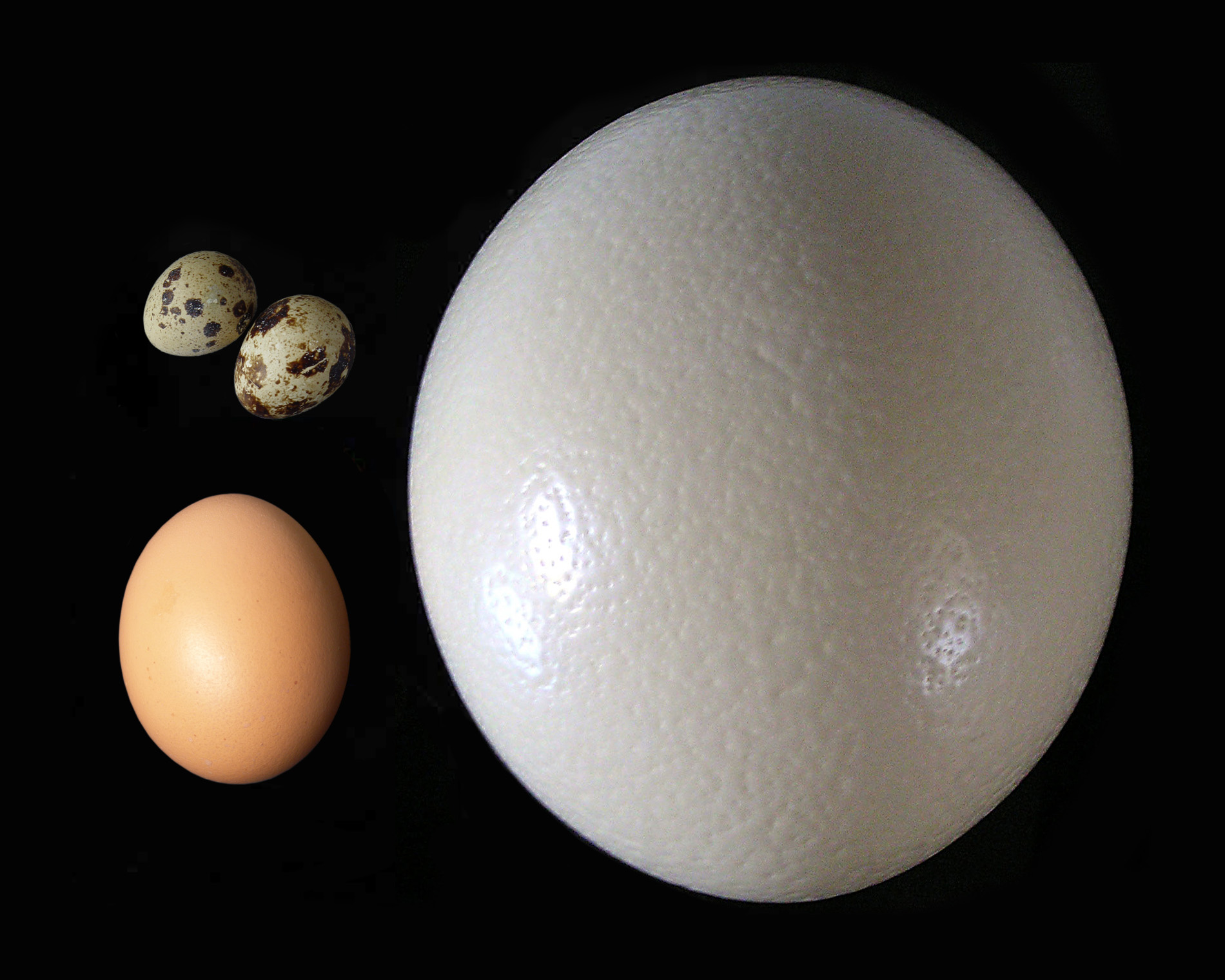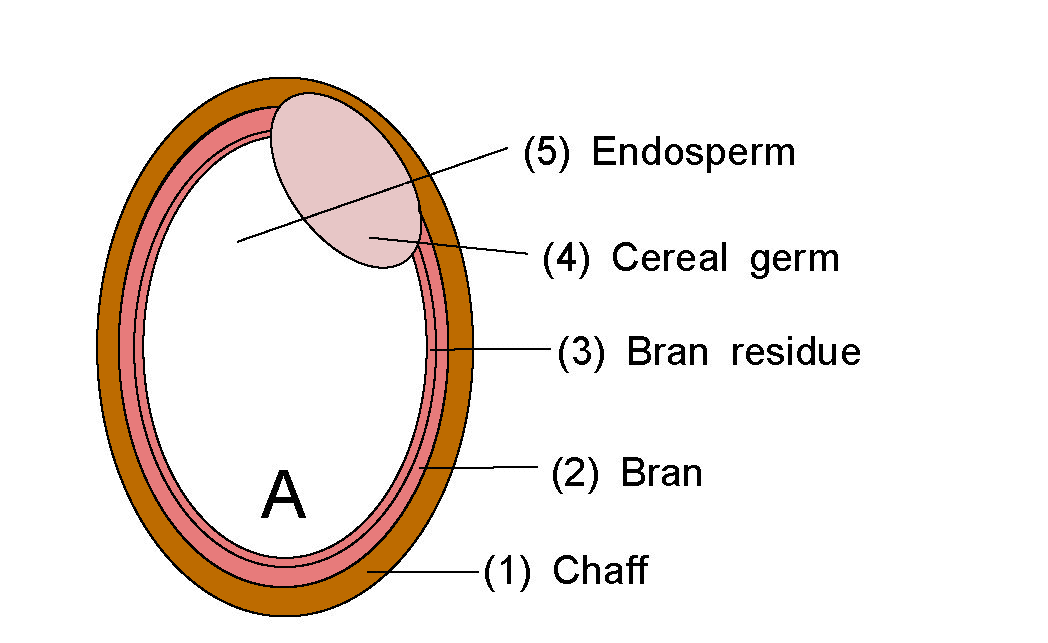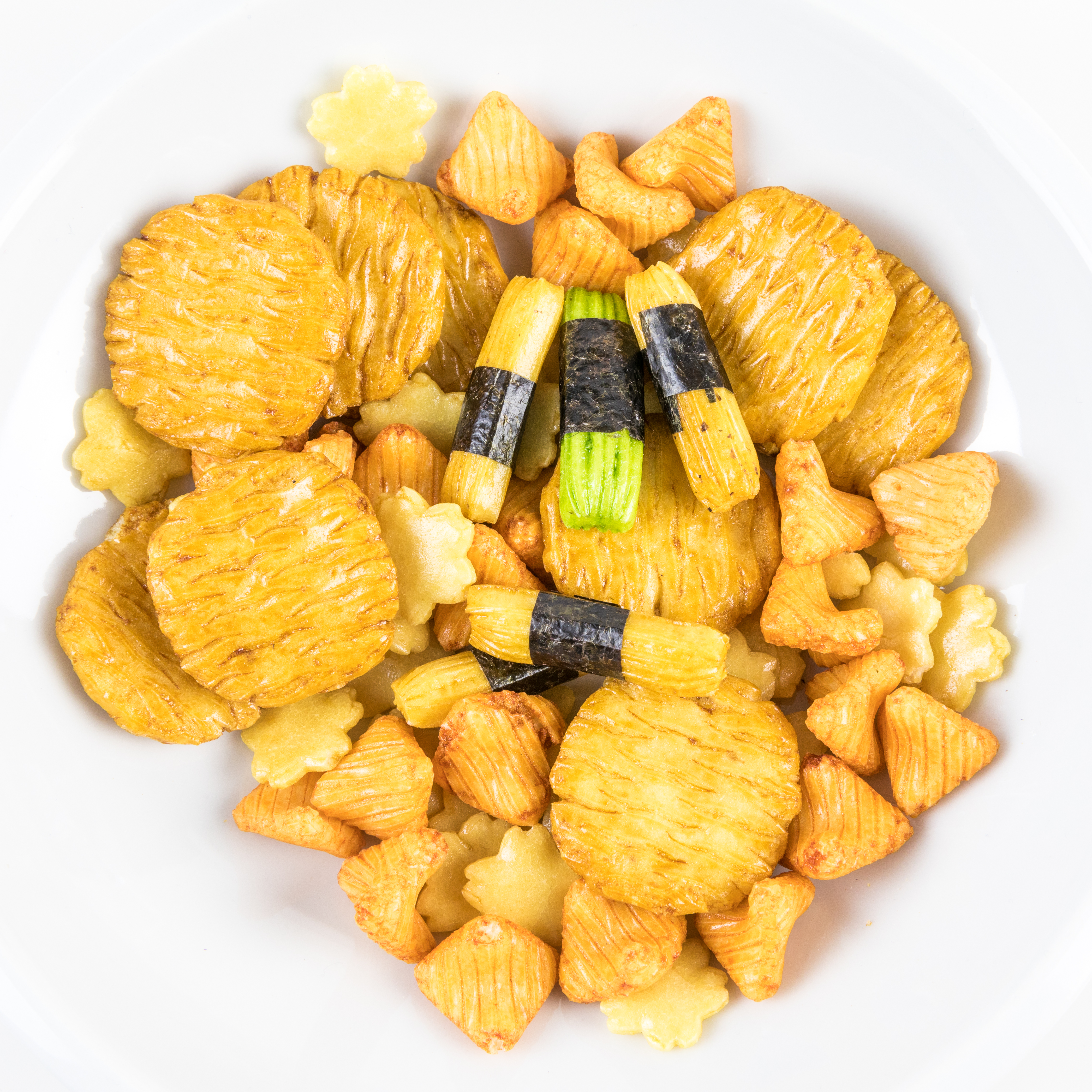|
Num Kreab
''Num kreab'' () is a Khmer thin, round and flat rice cracker that is sold as street food in Cambodia. History Unlike '' num ansorm'', which is made for Cambodian New Year, ''num krieb'' is not prepared for any specific occasions. ''Num krieb'' is frequently made from leftover rice, often by poor farmers who sell it to earn extra income. Similar to other round rice crackers across Asia, ''num krieb'' has the same recipe as the smaller Japanese ''senbei'' but is the size of the Indian flatbread ''bhatura''. It is difficult to presume of ''num krieb'''s antiquity, though local traditions consider it to be from time immemorial. Preparation The ''num kreab'' is made from various ingredients including rice, palm sugar, lard Lard is a Quasi-solid, semi-solid white fat product obtained by rendering (animal products), rendering the adipose tissue, fatty tissue of a domestic pig, pig. [...More Info...] [...Related Items...] OR: [Wikipedia] [Google] [Baidu] |
Cambodia
Cambodia, officially the Kingdom of Cambodia, is a country in Southeast Asia on the Mainland Southeast Asia, Indochinese Peninsula. It is bordered by Thailand to the northwest, Laos to the north, and Vietnam to the east, and has a coastline along the Gulf of Thailand in the southwest. It spans an area of , dominated by a low-lying plain and the confluence of the Mekong river and Tonlé Sap, Southeast Asia's largest lake. It is dominated by a tropical climate and is rich in biodiversity. Cambodia has a population of about 17 million people, the majority of which are ethnically Khmer people, Khmer. Its capital and most populous city is Phnom Penh, followed by Siem Reap and Battambang. In 802 AD, Jayavarman II declared himself king, uniting the warring Khmer princes of Chenla Kingdom, Chenla under the name "Kambuja".Chandler, David P. (1992) ''History of Cambodia''. Boulder, CO: Westview Press, . This marked the beginning of the Khmer Empire. The Indianised kingdom facilitated ... [...More Info...] [...Related Items...] OR: [Wikipedia] [Google] [Baidu] |
Senbei
, also spelled ''sembei'', is a type of Japanese rice cracker. They come in various shapes, sizes, and flavors, usually savory but sometimes sweet. Senbei are often eaten with green tea as a casual snack and offered to visiting house guests as a courtesy refreshment. There are several types of traditional Japanese ''senbei''. They can be baked or deep-fried and sometimes sweetened. Aside from rice, wheat flour or starch can be used. Some varieties even use foods other than grains, such as ''sakana senbei'' (fish-senbei), ''renkon senbei'' (lotus root senbei) and ''hone senbei'' (bone-senbei). ''Senbei'' have several variations, including ''nori''-wrapped, '' arare'', '' Olive no Hana'', soy nut, and wet. Thin rice crackers (薄焼きせんべい ''usuyaki senbei'') are popular in Australia and other countries. In China, the same characters used to write ''senbei'' are read jiānbǐng ( zh, t=, s=煎饼, p=jiānbǐng, labels=no); the term instead refers to a crepe and is m ... [...More Info...] [...Related Items...] OR: [Wikipedia] [Google] [Baidu] |
Rice Breads
Rice is a cereal grain and in its domesticated form is the staple food of over half of the world's population, particularly in Asia and Africa. Rice is the seed of the grass species ''Oryza sativa'' (Asian rice)—or, much less commonly, ''Oryza glaberrima'' (African rice). Asian rice was domesticated in China some 13,500 to 8,200 years ago; African rice was domesticated in Africa about 3,000 years ago. Rice has become commonplace in many cultures worldwide; in 2023, 800 million tons were produced, placing it third after sugarcane and maize. Only some 8% of rice is traded internationally. China, India, and Indonesia are the largest consumers of rice. A substantial amount of the rice produced in developing nations is lost after harvest through factors such as poor transport and storage. Rice yields can be reduced by pests including insects, rodents, and birds, as well as by weeds, and by diseases such as rice blast. Traditional rice polycultures such as rice-duck farming, and ... [...More Info...] [...Related Items...] OR: [Wikipedia] [Google] [Baidu] |
Chicken Eggs
Humans and other Hominidae, hominids have consumed Egg, eggs for millions of years. The most widely consumed eggs are those of fowl, especially chickens. People in Southeast Asia began harvesting chicken eggs for food by 1500 BCE. Eggs of other birds, such as ducks and ostriches, are eaten regularly but much less commonly than those of chickens. People may also eat the eggs of reptiles, amphibians, and fish. Fish eggs consumed as food are known as roe or caviar. Chicken, Hens and other egg-laying creatures are raised throughout the world, and mass production of chicken eggs is a global industry. In 2009, an estimated 62.1 million metric tons of eggs were produced worldwide from a total laying flock of approximately 6.4 billion hens. There are issues of regional variation in demand and expectation, as well as current debates concerning methods of mass production. In 2012, the European Union banned Battery cage, battery husbandry of chickens. History Bird eggs have been valu ... [...More Info...] [...Related Items...] OR: [Wikipedia] [Google] [Baidu] |
Duck Eggs
Humans and other hominids have consumed eggs for millions of years. The most widely consumed eggs are those of fowl, especially chickens. People in Southeast Asia began harvesting chicken eggs for food by 1500 BCE. Eggs of other birds, such as ducks and ostriches, are eaten regularly but much less commonly than those of chickens. People may also eat the eggs of reptiles, amphibians, and fish. Fish eggs consumed as food are known as roe or caviar. Hens and other egg-laying creatures are raised throughout the world, and mass production of chicken eggs is a global industry. In 2009, an estimated 62.1 million metric tons of eggs were produced worldwide from a total laying flock of approximately 6.4 billion hens. There are issues of regional variation in demand and expectation, as well as current debates concerning methods of mass production. In 2012, the European Union banned battery husbandry of chickens. History Bird eggs have been valuable foodstuffs since prehistory, in ... [...More Info...] [...Related Items...] OR: [Wikipedia] [Google] [Baidu] |
Rice
Rice is a cereal grain and in its Domestication, domesticated form is the staple food of over half of the world's population, particularly in Asia and Africa. Rice is the seed of the grass species ''Oryza sativa'' (Asian rice)—or, much less commonly, ''Oryza glaberrima'' (African rice). Asian rice was domesticated in China some 13,500 to 8,200 years ago; African rice was domesticated in Africa about 3,000 years ago. Rice has become commonplace in many cultures worldwide; in 2023, 800 million tons were produced, placing it third after sugarcane and maize. Only some 8% of rice is traded internationally. China, India, and Indonesia are the largest consumers of rice. A substantial amount of the rice produced in developing nations is lost after harvest through factors such as poor transport and storage. Rice yields can be reduced by pests including insects, rodents, and birds, as well as by weeds, and by List of rice diseases, diseases such as rice blast. Traditional rice polyc ... [...More Info...] [...Related Items...] OR: [Wikipedia] [Google] [Baidu] |
Nom Kreab Being Grilled
NOM may refer to: Arts and entertainment * NOM and NOM2, mobile device games produced by Gamevil * "Nom", a song by DKZ * N.O.M., an experimental Russian rock band * Nickelodeon Original Movies * ''Nintendo Official Magazine'', the official British Nintendo magazine; now discontinued, superseded by ''Official Nintendo Magazine'' Other * Nôm, a classical vernacular script of the Vietnamese language that makes use of Chinese characters * Nộm, a Vietnamese salad * National Organization for Marriage * Natural organic matter * Net Overseas Migration (politics) * New Order Mormons * Nomad River Airport, Papua New Guinea; see List of airports by IATA airport code: N * Nominative case * Norma Oficial Mexicana, a series of official norms and regulations for various commercial activities in México. * Novus Ordo Missae, Mass of Paul VI * An onomatopoetic form connoting eating, as in Cookie Monster's phrase " om nom nom" See also * Nome (other) * Nominal (other) ... [...More Info...] [...Related Items...] OR: [Wikipedia] [Google] [Baidu] |
Time Immemorial
Time immemorial () is a phrase meaning time extending beyond the reach of memory, record, or tradition, indefinitely ancient, "ancient beyond memory or record". The phrase is used in legally significant contexts as well as in common parlance. In law In law, time immemorial denotes "a period of time beyond which legal memory cannot go", and "time out of mind". Most frequently, the phrase "time immemorial" appears as a legal term of art in judicial discussion of common law development and, in the United States, the property rights of Native Americans. English and American common law "Time immemorial" is frequently used to describe the time required for a custom to mature into common law.Kunal M. Parker,Law 'In' and 'As' History: The Common Law in the American Polity, 1790–1900, 1 UC Irvine L. Rev. 587, 594–600 (2011). Medieval historian Richard Barber describes this as "the watershed between a primarily oral culture and a world where writing was paramount". Common law ... [...More Info...] [...Related Items...] OR: [Wikipedia] [Google] [Baidu] |
Bhatura
Bhatura also known as batoora, bhatoora, batura, or pathora (, is a fluffy deep-fried leavened sourdough bread originating from the Indian subcontinent. It is commonly served as a midday meal or a breakfast dish in northern and eastern India. Paired with chickpea curry (called '' chole'' or ''channe),'' it forms a traditional dish called ''chole bhature''. Bhatura resembles puri but is made with leavened dough. Preparation A typical recipe includes all-purpose flour (''maida''), dahi (yogurt), ''ghee'' or oil, and either yeast or baking powder. Once kneaded well, the dough is left to rise, and then small balls of this dough are either hand-rolled or flattened using a rolling pin. The bread pieces are then deep-fried until they puff up into a lightly browned, soft, fluffy bread, which is elastic and chewy. Bhatura is often eaten with yogurt, pickle, or vegetables. When eaten with chole, it forms a popular traditional dish known as chole bhature. Variations A variation of t ... [...More Info...] [...Related Items...] OR: [Wikipedia] [Google] [Baidu] |
Cambodian New Year
Cambodian New Year (or Khmer New Year; ), also known as Choul Chnam Thmey (, UNGEGN: , ALA-LC: ; ), Moha Sangkran (, UNGEGN: , ALA-LC: ; ) or Sangkran, is the traditional celebration of the solar new year in Cambodia. A three-day public holiday in the country, the observance begins on New Year's Day, which usually falls on 13 April or 14 April, which is the end of the harvesting season, when farmers enjoy the fruits of their labor before the rainy season begins. Khmers living abroad may choose to celebrate during a weekend rather than just specifically 13 April through 16 April. The Khmer New Year coincides with the traditional solar new year in several parts of India, Bangladesh, Nepal, Sri Lanka, Myanmar, Laos and Thailand. The three days of the new year ''Moha Sangkrant'' ''Moha Sangkrant''S. Tandart. (1910). ''Dictionnaire Français-Cambodgien Vol. I.'' Paris: Société des Missions-Etrangèrs de Paris. 2,242 pp.Vicheara Houn. (2012). "PART III: Overthrow of Prince ... [...More Info...] [...Related Items...] OR: [Wikipedia] [Google] [Baidu] |
Rice Cracker
A rice cracker is an East Asian cracker made from cooked rice or rice flour. Many regional varieties exist, though most are fried or baked and puffed and/or brushed with soy sauce or vinegar to create a smooth texture. Some may also be wrapped in seaweed. Preparation History Rice crackers are thought to have originated during China's Han dynasty (c. 202 BC). Later, during the Tang dynasty, there are records of senbei being served to houseguests as a token of courtesy. In Japan, they were popularized during the Edo period. The Japanese Soka senbei (made in Soka City, Saitama Prefecture) is widely considered to be the first modern rice cracker. Serving Rice crackers are traditionally served with soup or salad, along with green tea and/ or alcoholic beverages. In the western world, they are often eaten as a snack food in trail mixes along with ingredients such as wasabi peas, nuts, dried and salted edamame, and sesame sticks. Types Rice crackers are produced in several ... [...More Info...] [...Related Items...] OR: [Wikipedia] [Google] [Baidu] |
Num Ansom
''Num ansom'' (, , ) or simply ''ansom'' is a traditional Khmer sticky rice cake. Description It is described as a cylinder-shaped cake made from glutinous rice that can either be filled with sugar bananas (, ), jackfruits (, ), or pork (, ). In addition to steaming ''num ansom'' can also be fried or grilled depending on the occasion. Cultural significance The linga-yoni of Khmer gastronomy When Cambodia's temple-building traditions died out, so too did the architectural manifestations of Shiva Lingam and Yoni. Nonetheless, the concept of ''Mea Ba'', or the respect of mother and father, persisted, and is still present in Khmer gastronomy. Thus, these two cakes are indispensable components of the Khmer traditional wedding. ''Num ansom'' is associated in Khmer culture with a banana leaf-wrapped steamed counterpart, the '' num kom.'' The cylinder shape of the ''num ansom'' represents a phallus, symbolizing Shiva, the masculine principle of God, while the pyramid shape of t ... [...More Info...] [...Related Items...] OR: [Wikipedia] [Google] [Baidu] |







